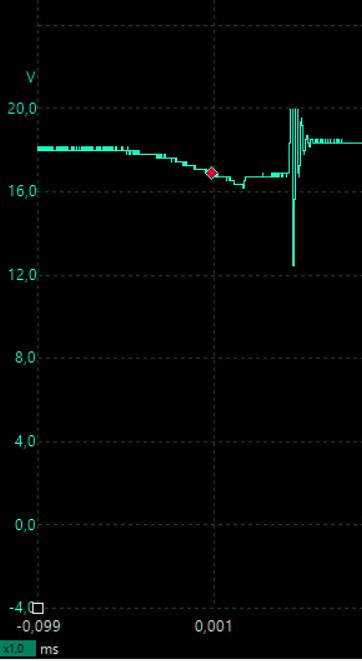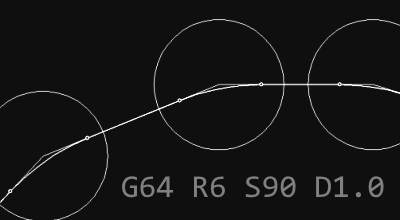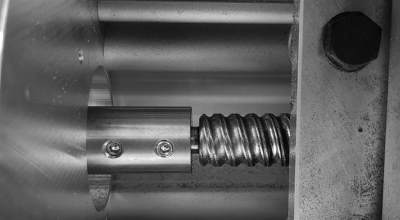Power supervisor MAX1756x on capacitive load
Argh, I killed parts of my Power&Preamp circuit for AnywhereAmps Alpha today. During testing.
Incident
I accidently switched VBat and GND on my PCB. You shouldn’t think this happens at all, but it did again. The power input/bypass capacitor blew up instantly but my supervisor chip protected the rest of the circuits.
Repair and tests
After repairing with a ceramic capacitor, I continued some tests.
- Reverse polarity test - PASS
- Hard short to GND test - PASS
- Undervoltage lockout - PASS
- Normal voltage retry - …
Irregularity
 But then, when I raised voltage slowly to escape the undervoltage lockout the system wouldn’t turn on, but still current consumption went up. To analyze, I connected an oscilloscope to see what was going on. You can see that the power amp’s
But then, when I raised voltage slowly to escape the undervoltage lockout the system wouldn’t turn on, but still current consumption went up. To analyze, I connected an oscilloscope to see what was going on. You can see that the power amp’s >1400µF bulk capacitance acts like a soft short to GND so that the power supply voltage drops by 2V within 50µs to the undervoltage lockout trigger level. The supervisor IC then sheds the load, which makes the supply voltage jump back up. I suppose the ringing comes from the power supply’s regulator.
After the blanking time (datasheet MAX1756x) passes, it retries to switch on and the whole process starts over again.
Incident #2
When I measured voltage at the VCC rail supplying preamp, power amp, and 9V voltage regulator during unsuccessful switch-on, I noticed that negative voltage spikes occur at around -4V when the supervisor IC switches off, caused by the inductors in the power amp supply lines.
While I was still wondering that these running resets might not be good, my preamp IC exploded. Hm.
What I learned
- Never use a polarized capacitor as bulk/bypass “in front of” your protective circuits!
- Use larger-than-100n bypass capacitors before voltage sensing devices when switched loads are capacitive. It helps stabilizing the voltage locally.
- To protect the output side of the switch, add a Schottky or transient voltage suppressor (TVS) diode that clamps potentially harmful voltages
- Limit in-rush current (follow-up article) as a precaution. I’ll switch to
MAX17563for the next circuit revision. It has a programmable current limit so that input voltage doesn’t drop too low in the first place.
Protect from negative voltage spikes
For my application, a fast-switching clamp diode in Schottky design is enough because behind the MAX1756x IC, the circuit will not see overvoltage spikes but reverse voltage spikes (due to inductors in switching regulator and amp design) only. In this article, I’ll explain the Transient Voltage Suppressors in detail.



